FRANCE - The royal robe said to belong to King Bao Dai was auctioned for 450,000 Euros, however, causing controversy about its origin.
In the auction on the evening of December 7 ( Hanoi time), the antique was hammered at a price of 450,000 Euros (about 11.7 billion VND). After adding taxes and fees, the total amount the buyer has to pay is about 590,000 Euros (about 15.4 billion VND).
This price was lower than the expectation of Delon - Hoebanx (France). Initially, they set the starting price at 500,000 Euros but no one paid more. The auction house then lowered it to 450,000 Euros, someone bought it. In the information sent privately to registered bidders, the company estimated the shirt to be worth between 500,000 Euros and 600,000 Euros.
Previously, the dragon robe was advertised on Delon's website - Hoebanx. While many items in the same batch were listed at around 2,000-4,000 Euros, the company did not publicly disclose the price of the dragon robe, noting "contact for more details". In the introductory catalog, only the dragon robe had its information translated into Vietnamese.
The auction house notes that the dress, which comes from a private collection, is the ceremonial dress worn by Bao Dai at his coronation in 1926. The dress has wide sleeves made of yellow silk, lined with orange silk, embroidered with gold and multi-colored thread. The two sides of the dress are tied with a belt, embroidered in the middle with a dragon surrounded by clouds and the word "Tho". The auction house introduces the image of the dragon associated with Vietnamese culture, symbolizing favorable weather and wind, and representing the king - who is considered the "son of heaven". The remaining details on the dress also imply longevity, luck, and power.

Photo of the royal robe believed to belong to King Bao Dai, described as 145 cm long and 240 cm wide. Photo: Delon - Hoebanx
However, many domestic experts say that the origin of the dragon robe cannot be confirmed.
Specializing in collecting and researching Nguyen Dynasty fine arts, La Quoc Bao said that if we consider the regulations of royal costumes stated in the Imperial Code of Dai Nam, the yellow cross-collared (cross-collared) ao dai giao linh (cross-collared) was reserved for the king when attending regular court meetings. Meanwhile, the coronation ceremony of the Nguyen Dynasty emperor had to use the round-collared (round-collared) dai trieu bao co vien lan (round-collared). The images attached by the auction house in the catalog also show that King Bao Dai wore a round-collared shirt. In fact, these images are his portraits after he returned to Vietnam after studying in France, not the king's photo during the 1926 coronation ceremony. Therefore, the information that this is the shirt King Bao Dai wore during the coronation ceremony as provided by the auction house is not convincing.

Photo of King Bao Dai in his royal robe in the catalogue of a French auction house. Photo: Delon - Hoebanx
Some people believe that the shirt may not belong to King Bao Dai. Researcher Trinh Bach, who has restored many costumes and artifacts of the Nguyen Dynasty, believes that the artifacts belong to King Khai Dinh.
He said that around 1997, the shirt was bought by a Vietnamese living in the US, and now it has appeared at a French auction. At that time, he saw that the shirt was embroidered with round blue clouds from embroidery workshops in Nanning (China) instead of the five-colored clouds of the Nguyen Dynasty, and on the shirt there were 13 dragons instead of the usual nine. In addition, the collar was yellow instead of snow white (pure white), so he thought the shirt was of Chinese origin.
However, after comparing the robe auctioned in France with the royal robe in the photo of King Khai Dinh wearing, he found that the two were similar in many details, including the position of the embroidered "thổ" characters. The difference was that the robe in the photo had a round neck (áo bản linh) while the robe auctioned had a cross-neck (áo giao linh). Áo giao linh was often worn during the Nam Giao ceremony (worshiping heaven and earth).
"If true, this auctioned robe is very valuable, because it is the robe the king wore during the Nam Giao ceremony. This type of robe is rarely seen because it is usually worn inside. Outside, the king often wears a black robe. Currently, a black robe is kept at the Hue Royal Antiquities Museum," said Mr. Bach.
In addition, the Hue Royal Antiquities Museum also preserves the royal robe of Prince Chanh Mong (later King Dong Khanh), with similar embroidery to the auctioned robe. This royal robe was restored by Professor Tran Duc Anh Son.

King Khai Dinh's royal robe (left) and royal ao dai at the exhibition "Quintessence of traditional weaving and embroidery in Nghe An " in 2018 (right), using the same embroidery pattern. Photo: Document provided by La Quoc Bao
Collector La Quoc Bao also believes that the dress may be from the reign of King Khai Dinh or Dong Khanh. La Quoc Bao believes that the dress on the French arena and the long-tran dress in Nghe An Museum were inspired by the mid-19th-century Qing Dynasty's mang robe. La Quoc Bao owns a Cao Menh Phu Nhan (for the wife of an official) mang robe with a similar style.
"My hypothesis is that the Hue court during the Dong Khanh period bought a roll of uncut ancient fabric from China, let embroiderers learn from it, then added and filled in the missing areas, creating the standard shape of the Nguyen Dynasty, but the embroidery style was quite similar to that of the Qing Dynasty, with the style of using spun silk with yellow, blue, green tones, with the color of young leaves, milk orange, embroidered with satin and beaded embroidery, limiting the use of glitter borders, opposite to the style commonly seen in the Nguyen Dynasty," said La Quoc Bao.

Restored version of the royal robe of Prince Chanh Mong (later King Dong Khanh). Photo: Document provided by researcher Trinh Bach
Some researchers are inclined to the hypothesis that the shirt is a fake. Mr. Vu Kim Loc, who restored many Nguyen Dynasty mandarin hats and was a consultant for the historical film Phuong Khau, said that many high-end fakes are now made sophisticatedly and look exactly like the real thing. "If you don't touch it with your own hands or see it with your own eyes, but only look at the photos, no one can make an accurate assessment of this antique," Mr. Loc said. Dr. Pham Quoc Quan, a member of the National Heritage Council, who verified the Imperial Seal , shares Mr. Loc's opinion.
King Bao Dai (1913-1997) was the last emperor of the Nguyen Dynasty. He abdicated in 1945 and spent the rest of his life in France. Before his death in August 1997, he left a will, bequeathing his assets in France, including many antiques, to his wife, Monique Baudot. Monique Baudot died in 2021, and last year her heirs put many of her assets up for auction.
The repatriation of many antiques has recently attracted public attention. On November 18, the golden seal of King Minh Mang returned to Vietnam after a year of negotiations and completion of procedures, and is now on display at the Nam Hong Royal Museum (Bac Ninh). Businessman Nguyen The Hong spent 6.1 million Euros (more than 153 billion VND) to buy the seal, under the sponsorship of the Government and ministries, branches and agencies of Vietnam.
Vnexpress.net


![[Photo] Prime Minister Pham Minh Chinh launched a peak emulation campaign to achieve achievements in celebration of the 14th National Party Congress](https://vphoto.vietnam.vn/thumb/1200x675/vietnam/resource/IMAGE/2025/10/5/8869ec5cdbc740f58fbf2ae73f065076)




![[Photo] Prime Minister Pham Minh Chinh chairs the Government's online conference with localities](https://vphoto.vietnam.vn/thumb/1200x675/vietnam/resource/IMAGE/2025/10/5/264793cfb4404c63a701d235ff43e1bd)
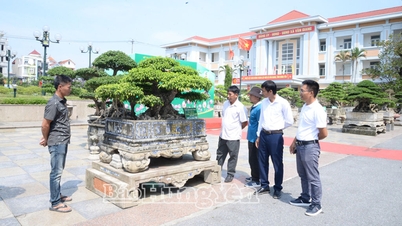

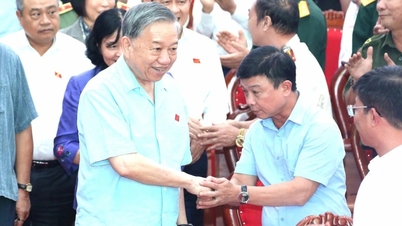

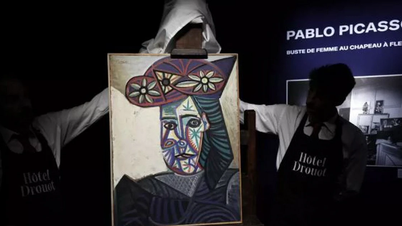


![[Photo] Close-up of 3,790 resettlement apartments in Thu Thiem to continue auction](https://vphoto.vietnam.vn/thumb/402x226/vietnam/resource/IMAGE/2025/9/10/be974e2058f74c9c8dc1f400124f3653)






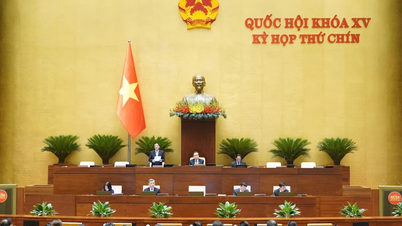

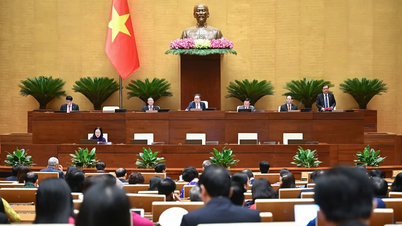





































![[VIDEO] Summary of Petrovietnam's 50th Anniversary Ceremony](https://vphoto.vietnam.vn/thumb/402x226/vietnam/resource/IMAGE/2025/10/4/abe133bdb8114793a16d4fe3e5bd0f12)

![[VIDEO] GENERAL SECRETARY TO LAM AWARDS PETROVIETNAM 8 GOLDEN WORDS: "PIONEER - EXCELLENT - SUSTAINABLE - GLOBAL"](https://vphoto.vietnam.vn/thumb/402x226/vietnam/resource/IMAGE/2025/7/23/c2fdb48863e846cfa9fb8e6ea9cf44e7)













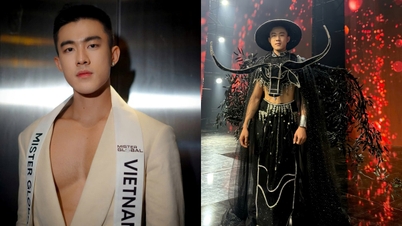

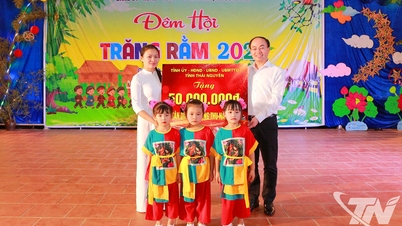




















Comment (0)